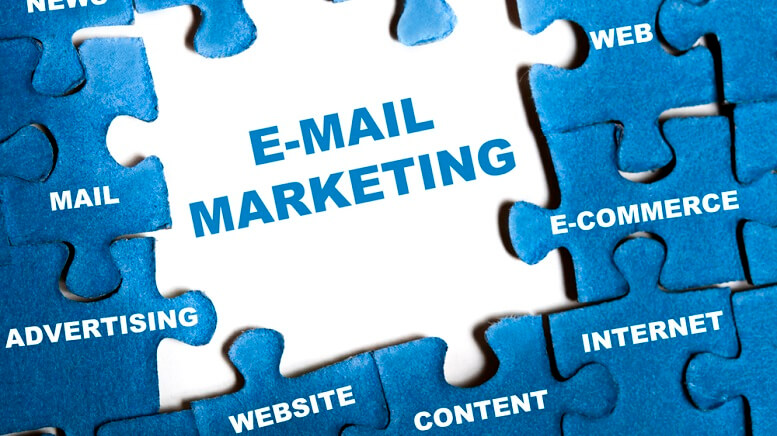Small business owners can sell their invoices at a discount for cash upfront avoiding what is due in the future throughout invoice factoring. There is a difference between invoice factoring and invoice financing. Invoice financing is an invoice form that a company uses for account receivables as collateral for a loan or line of credit, while invoice factoring is an invoice form that a company sells and it is different from invoice financing involving the borrowing of money with invoices as collateral. If small business owners do not qualify for traditional loans or don’t want to take out loans, invoice factoring is a great option for them. Usually, invoice factoring is very common in some fields, such as transportation, manufacturing, and construction industries.
Strictly, invoice factoring is not a type of loan. You can exchange your invoices for a lump sum of cash at a discount to a factoring company. After the factoring company collects from your customers, typically in 30 to 90 days, they can get paid and receive the invoice.
Small business owners can exchange their invoices for a cash advance at discount by contracting a factoring company. A discount fee (also known as a discount rate) will be charged by the factor, usually based on a weekly or monthly assessment. Generally, the advance and the reserve amount are the two parts of the cash advance.
No small business wants to have an unpaid invoice. It is a frustrating thing for a business owner not to get paid for their goods or services, which will make managing expenses hard. Fortunately, with invoice factoring, commonly referred to as accounts receivable financing, you can pay your bills on time so that you have enough time to focus on the other tasks.
It is important to have a consistent flow of capital for every business owner, which can help keep a company competitive and vital in the business world. However, there is still some difficulty to maintain and generate the cash in charge of the day to day demands, like manufacturing and payroll, for even the most established businesses. The reason is that becoming a company with rich assets is very probable, but have a lot in cash is difficult. The above information can make your business an ideal candidate for purchase order financing, finance factoring or asset-based lending. Based on your assets value and your customer creditworthiness, your company can receive a cash advance because of this type of lending. Usually, eighty to ninety percent of the value of company assets in cash is available. If your company is a small- or mid-sized company and needs a quick cash solution, you should choose asset-based lending over traditional credit-based loans.
Most small businesses will fail if they have poor cash flow management. The start-ups that lack proper credit terms from suppliers will have less opportunity to take approved loans. Huge operational problems can occur when the invoice payment is delayed. With the use of invoice factoring, your business can use invoices as collateral during a credit request. There are four main benefits of invoice factoring: easy financing without debt, steady flow of cash, no equity needed, and opens up liquid assets for the business.
Featured image: DepositPhotos – designer491









